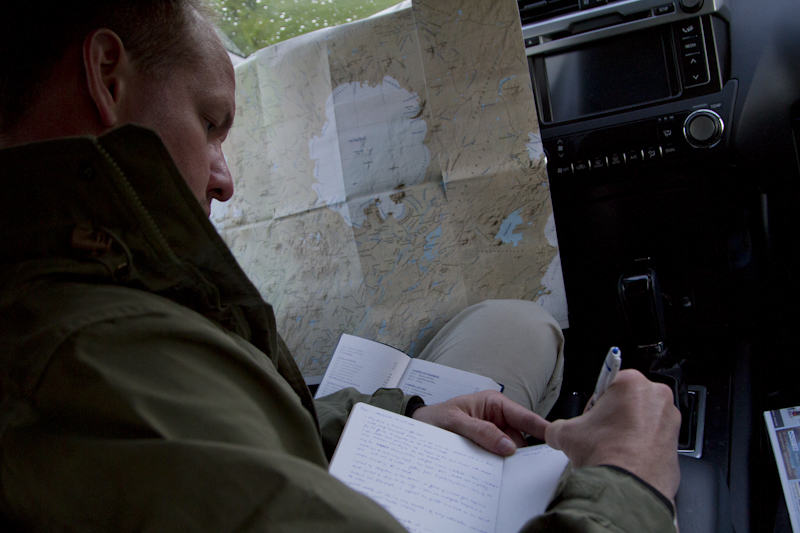
The topic of pre-trip reading came up on my Facebook page the other day when we were discussing Iceland.
I want to share a little of my process, because I think you’ll find it helpful.
I usually end up writing about my journeys, so I do a lot of research before a trip.
I start by reading a couple volumes of history about that place or region to get oriented. And then I read early travel accounts and old explorer’s journals, to get a sense of which aspects of life remained constant and which changed with the times. This helps me identify those deep continuities that are at the heart of a culture or worldview.
I also read fiction and poetry by local writers, because fiction reveals a person’s intimate thoughts in a way no history book ever could. And that tells me a great deal about the hopes and dreams, the struggles and joys, of the people I’m traveling among.
I do all that reading because there’s nothing I love more than digging into a stack of books. It gets me excited about a journey. And it feeds my obsessive curiosity. But you don’t have to follow my method. I want you to find your own. And it should be something that excites you.
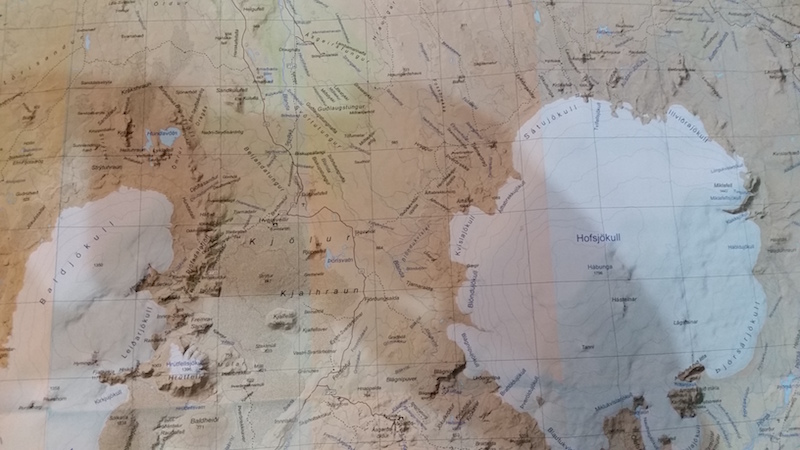
Why go to all this trouble?
Because you’ll find a theme to orient your trip.
You might end up searching out sites related to a specific time period, person or series of events — Baroque architecture, landmarks from the novels of a favourite author or locations from the Great Siege of Malta, for example.
Or you might decide to explore cafe culture, riverside life, wine regions or specific schools of art. Hell, you might even decide on a month long pub tour of Ireland (if you do, please have a backup liver waiting when you get home…).
It doesn’t have to be snotty or highbrow. But it does have to match your interests. Focus on the stuff you can’t stop talking about, and find something in that place or culture that’s just for you.
That’s what this pre-trip research is all about. Making your journey a personal one, shaped by your interests rather than the generic checklists of a tourist guidebook.
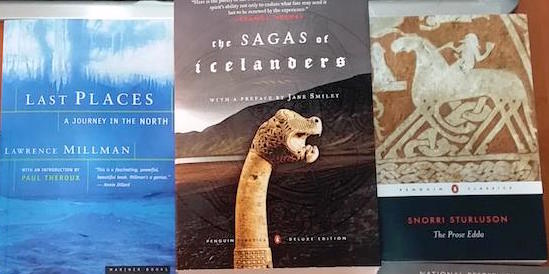
So yeah, let’s apply that process to my recent trip to Iceland.
I started by reading A History of the Vikings by Gwyn Jones. And I put this knowledge into map-driven graphical context with the Penguin Historical Atlas of the Vikings by John Haywood.
Next came myth and legend. The Prose Edda by Snorri Sturluson is our most extensive source of Norse mythology, and it’s an exciting read. I followed that up with the Penguin edition of The Sagas of the Icelanders, to learn about those early settlement stories and legends which play such an important role in the Icelandic consciousness of today.
Fiction’s up next…
I started with Independent People by the Nobel laureate Halldór Laxness. It is an iconic Icelandic novel set on a sheep farm in the early 20th century, and it captures the struggle for life and survival in a landscape which required a flinty determination and unbreakable human spirit. This novel has also given literature what is perhaps the most recognizable Icelandic character outside of the Sagas: the unbelievably stubborn Bjartur of Summerhouses.
I ordered several other novels by Laxness as soon as I returned home. He’s a wonderful writer, and I’m embarrassed that I never came across his work before.
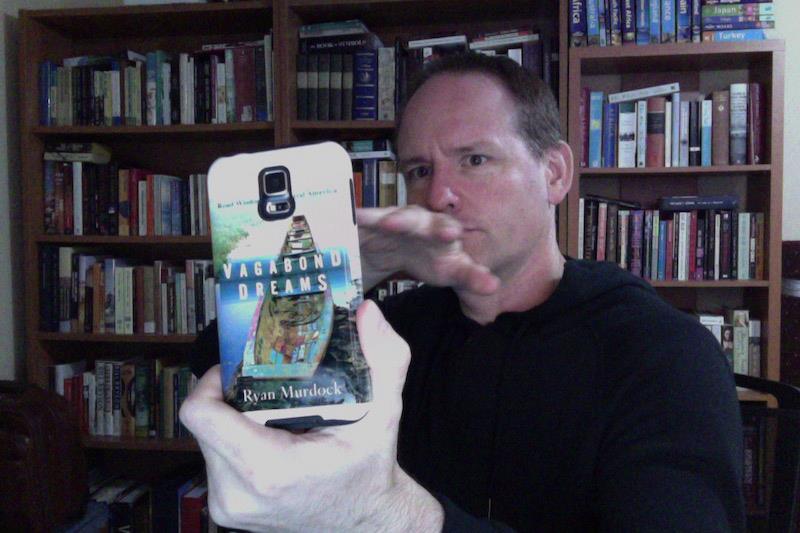
Next, classic and contemporary travel writing…
I took Letters from Iceland by W.H. Auden and Louis MacNeice to dip into on my journey. I wanted to see how the Iceland they experienced in 1936 connected with the island as I experienced it today.
I also read Arctic Dreams by Barry Lopez, which doesn’t deal with Iceland but which does provide some larger perspective on the ecology and human geography of the far north.
And before I flew out, I read Last Places by Lawrence Millman. Millman’s travels take him from the Shetland islands to the Faroes, through the Iceland’s uninhabited centre, deep into Greenland, and finally to Labrador and Newfoundland, as he loosely follows the route of the Vikings and immerses himself in myth, landscape, solitude and questionable meals.
Halfway through the book, I found myself ordering copies for friends, and sending away for Millman’s other northern books. This is an inspiring journey, wonderfully written, funny, honest, and true. Highly recommended.
I watched a few Icelandic films for prep, too. I recommend that you check out Children of Nature and Cold Fever by Friðrik Þór Friðriksson, probably Iceland’s most famous director.
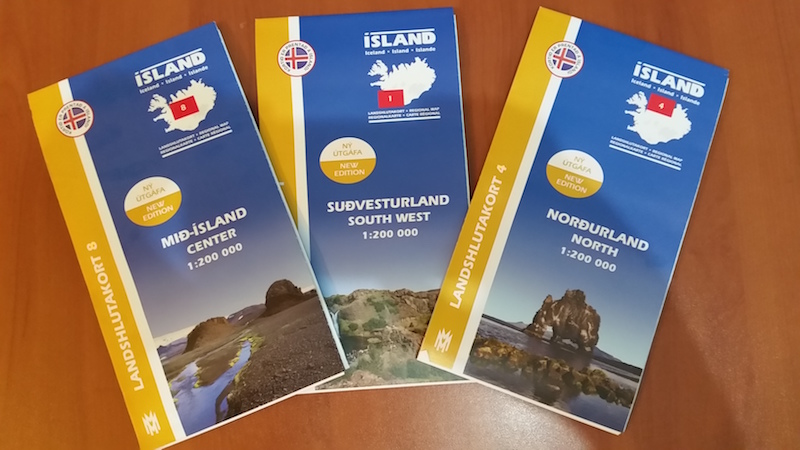
And finally, to plan a trip like this, you’ll need to do some close study of the maps. I bought five of the 1:200,000 Mál og Menning Regional Maps (numbers 1, 7, 8, 4 and 5, if you’re interested). They’re widely available in Iceland, and you can also order online from Stanfords in the UK.
So that’s it. This is basically the research process I go through to prepare for each trip. I hope you find it helpful.
Remember: you get out of a trip what you put into it. And you won’t get off the track or do anything interesting if you simply follow the herd or sign up for some packaged group tour.
Would you rather listen to some guide—or guidebook—spout the same canned superficial speech over and over? Or would you rather draw on the history and myths and novels and poetry you just read, and then look for traces of them in the land and people?
The guidebook / package tour approach is fine if all you want is to check something off on a list and say “done that” or “been there”. But you might as well stay home in that case and watch superficial infotainment on the travel channel.
Or you can make a little more effort to engage with a place and come away with incredible memories, and with a curiosity to dig even deeper.
Oh, and by the way, I’ve got a lot of other similar tips for how to create a journey driven by your own interests, rather than by a generic guidebook.
I’ve put them together in a little free ebook called Don’t Be Such a Tourist. And you can get it by typing your email address into the box below this article.
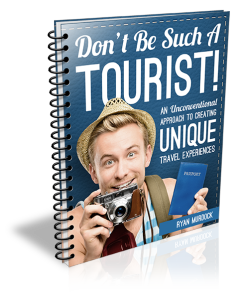
Get your FREE Guide to Creating Unique Travel Experiences today! And get out there and live your dreams...

